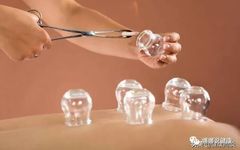Cupping therapy utilizes the principle of thermal expansion and contraction, where the air inside the cup is heated and expelled, creating a negative pressure that adheres the cup to the skin. After a period of suction, the skin under the cup will exhibit local bruising, thereby promoting qi circulation, invigorating blood flow, reducing swelling, and dispelling wind and cold. This method is simple and effective, widely practiced in folk medicine, and has been a common therapeutic approach in traditional Chinese medicine (TCM) throughout history.

The origins of cupping therapy date back to the pre-Qin period, where the tools used were hollowed animal horns, hence the name horn method. During the Sui and Tang dynasties, bamboo cups replaced animal horns. In the Qing dynasty, ceramic cups took over from bamboo, leading to the term fire cupping, which is still in use today.
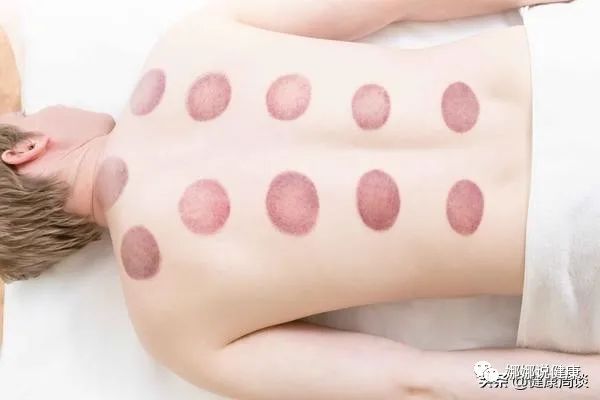
The enduring popularity of cupping therapy across dynasties is due to its proven health benefits. Practical experience has shown that cupping therapy offers the following advantages:
1. Dispelling cold, wind, and dampness
During cupping, the cup creates a negative pressure relative to the atmosphere, similar to a vacuum cleaner, which generates strong suction. This powerful suction opens the pores of the skin, drawing out cold, wind, and dampness from beneath the skin into the cup. Additionally, the air inside the cup is heated, raising the temperature and enhancing the effect of dispelling cold.
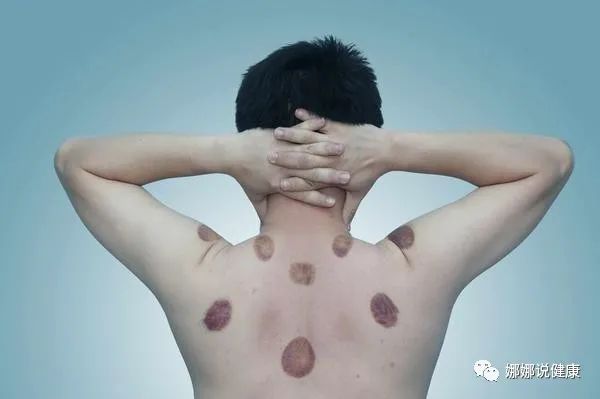
2. Promoting qi and blood circulation
The strong negative pressure of cupping can cause capillaries to rupture, leading to local bruising, which stimulates the immune system and activates stem cell repair and absorption of dead blood cells. This emergency response from the immune system promotes blood circulation, regulates qi and blood, and invigorates vitality.
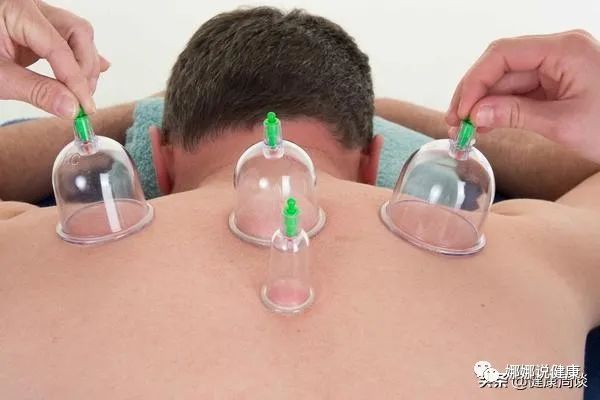
3. External treatment of internal diseases through acupoints
The human body is rich in acupoints, and the strong suction generated by cupping stimulates these acupoints, which are connected to the internal organs through meridians, thus regulating the internal organs and achieving the effect of treating internal diseases externally. While ordinary people may apply cupping wherever they feel discomfort, experienced TCM practitioners select specific acupoints based on the condition, resulting in more effective treatment.
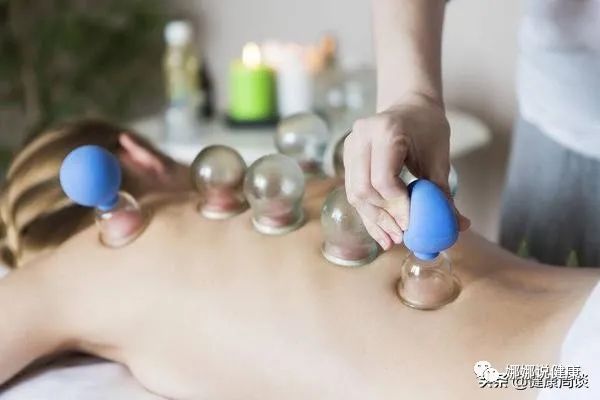
Despite its many benefits, cupping therapy also has drawbacks. Frequent cupping can lead to skin infections, and scratching the skin afterward can result in ulcers. Additionally, if proper warmth is not maintained during cupping, it may fail to dispel cold and instead exacerbate the condition. There are also contraindications for cupping, such as during seizures, for individuals with bleeding tendencies, or for patients with fractures or sprains before healing. Cupping is also not recommended for patients with emphysema on the back or chest.
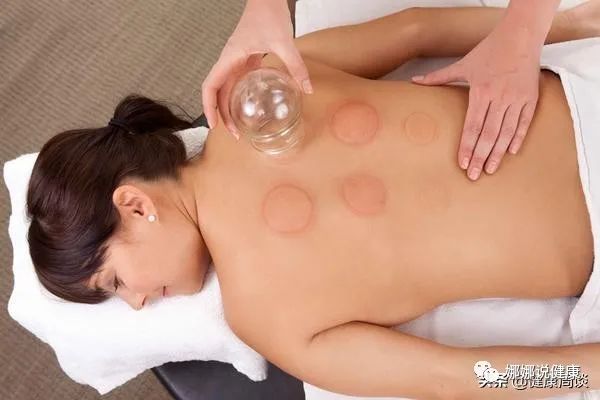
There are vacuum cupping devices available on the market, also known as suction cups, typically made of organic glass or transparent resin, available in various sizes. Each cup has a hole at the top for connecting a suction piston to create negative pressure. While these devices can achieve similar effects to traditional cupping, they lack the warming stimulation of fire cupping, resulting in significantly reduced effectiveness in dispelling cold.
In conclusion, the simple practice of cupping therapy has been passed down for thousands of years, particularly favored by TCM practitioners, due to its scientific rationale and unique effects. However, with benefits come drawbacks; understanding the basic principles and specific methods of cupping therapy is essential to maximize its benefits and minimize risks, achieving optimal results.

